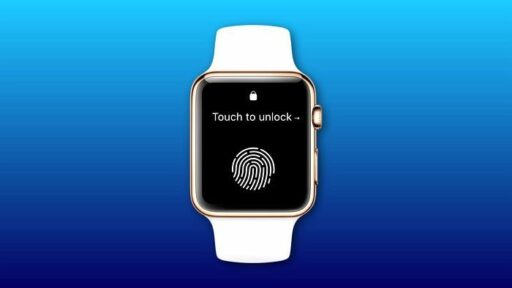Apple Watch May Feature 'Touch ID' in 2026
New information has emerged indicating that Apple is planning a significant hardware update for the Apple Watch expected to be released in 2026.
Notably, it has been reported that the watch will include a feature called 'Touch ID.'

According to reports from IT media such as Macworld and other foreign news outlets on the 19th (local time), the internal code name 'AppleMesa' supporting the fingerprint recognition feature 'Touch ID' was mentioned in the code for the 2026 Apple Watch model.
Foreign media reported that Apple has been continuously testing biometric recognition features for the Apple Watch. They explained that this code is currently for internal use only, suggesting that it is still in the prototype stage.
How Will Touch ID Be Implemented in the Apple Watch?
It is still unclear how Apple will implement Touch ID in the Apple Watch.
However, industry sources suggest that there are strong possibilities for integrating it either under the display like some Android smartphones or into a side button.

The introduction of Touch ID in the Apple Watch is expected to enhance security compared to the current numeric password input method and significantly improve user convenience. It is anticipated to be an important improvement that addresses the inconvenience of entering passwords on the small screen of a smartwatch.
Increased Security and User Convenience
The recently discovered code also contained intriguing information beyond Touch ID.
It was confirmed that completely new CPUs identified as 'T8320' will be installed in Apple Watch 12 (code name N237), Apple Watch 12 with communication features (code name N238), and Apple Watch Ultra 4 (code name N240).
Apple Watch Expected to Undergo Major Changes Next Year
Recently, the Taiwanese media Digitimes also reported, citing supply chain sources, that significant design changes will be made to the Apple Watch set to be released next year.
According to this report, the Apple Watch lineup for next year is expected to see a doubling in the number of sensor components, followed by changes in external design and, finally, a significant improvement in power efficiency.
Image source: Reference images for understanding the article / gaacal, cult of mac


